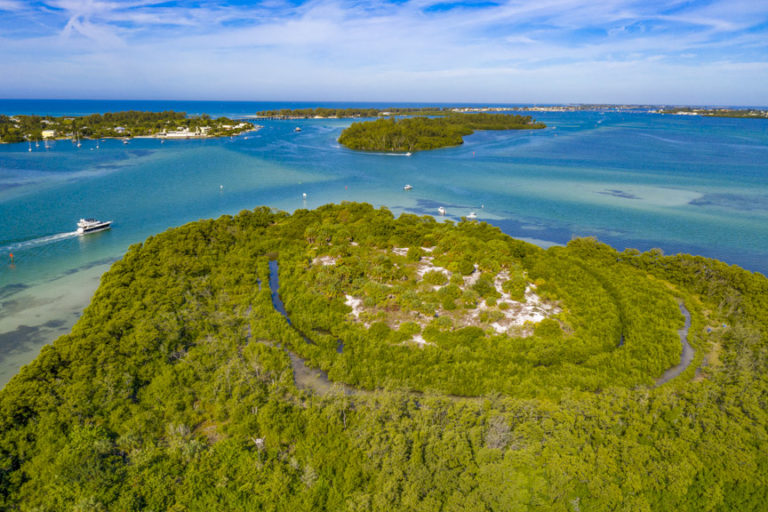
Whether stalking bonefish in the Bahamas, poling a flat for tailing redfish in Florida, wading into the surf for stripers in the Northeast, or casting for sea-run rainbows on the West Coast, anglers spend the majority of their time in the state of anticipation. When we do get on the water, we face the unpredictable forces of weather that can throw hurricanes, fronts, windstorms, clouds and various other adverse conditions at us.
But while the world of fishing in general, and fly fishing in particular, present us with many challenges, it’s these obstacles that make success all the sweeter. That’s why we hunt gamefish with imaginative mixtures of feathers, fur, synthetic materials and tinsel. The excitement of making a presentation to a gamefish you’ve stalked, enticing it to take a fly, and then connecting with your prey through graphite and cork makes all the preparation, time, money and past disappointments worthwhile.
With so many challenges facing a fly angler there is good reason to be as well prepared as possible. Too many anglers wait for months to take the “trip of a lifetime,” encounter willing targets under less-than-ideal conditions (most often the case) and find their casting proficiency severely tested. The old saying that “luck is opportunity meeting preparedness” is especially true for fly fishers. Why not develop the mindset from the beginning that everything we do (on the water and off) involves turning odds into opportunities?
Preparation comes in many forms, and the most important components should be practiced throughout the year. That means having tackle in top form, knowing how to tie proper knots and having flies that imitate your prey’s food. Casting skills are developed over a lifetime, and practice should not be saved for fishing trips, or even the days leading up to a trip. If you can’t get your fly to the fish, all other factors are rendered moot. The best practice is on grass, throwing to targets placed at different distances and angles. Don’t make the mistake of judging your casting ability by how long a line you can throw. Learn to make a tight (in saltwater), accurate, 40-foot cast first, and then work on distance.
While I’ve been blessed to learn from some top fly casters, I’ve found the best instructor of all is having a compelling reason. That’s what leads successful fly fishers to learn the basics and to practice.
One of the first and most important lessons I’ve learned is to see the wind as friend, not foe. If you want to catch permit on a fly, you’ll need the advantages a windy day provides. If you’re new to the game, don’t put off a fly fishing trip because the wind is blowing. On my first trip to the Bahamas, I was face to face with a large school of bonefish just 40 feet away but right into a 25 mph headwind! All those days of avoiding the wind meant that I didn’t have the skills to get the job done! Now I appreciate the windy days because I know that if I can be successful then, I’ll be golden on the nice days. Wind-generated waves provide windows into the water and fish are far less spooky and more ready take a fly. If you can make a short, accurate cast into a 15-knot wind, you’ll excel on those rare “perfect” days.
Practiced fly anglers who are mentally prepared and visualize their outcome (just like top athletes) have a definite advantage. They’re primed when opportunity presents itself as “luck.” The next time you have a chance to go fishing, don’t let the wind dissuade you; make the wind your friend. It will pay dividends in your fishing future.



